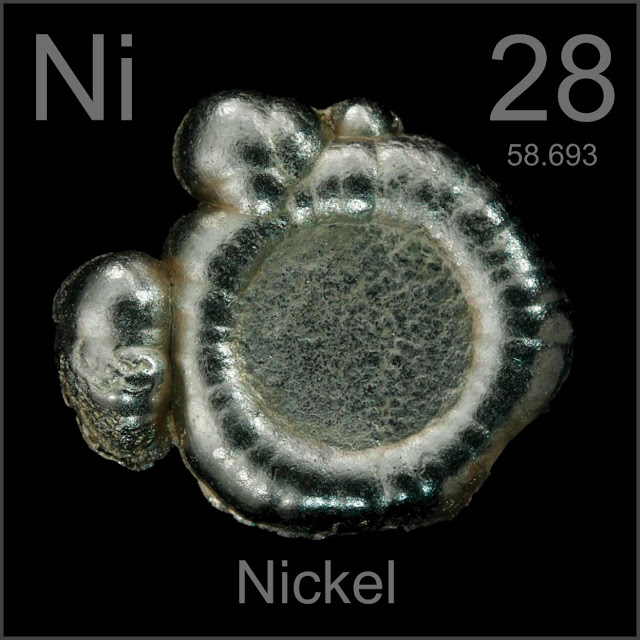 |
| Atlas Iron Digs in to Get $180 Million Life Support |
Atlas Iron appears to have defied the odds and secured its future — albeit one that could leave the existing holdings of its investors massively diluted — on one of the brighter days in recent times for Australia’s smaller iron ore miners.
Atlas yesterday said it would raise up to $180 million in new equity to help retire its hefty debts after securing a series of novel agreements with its contractors that will allow it to reopen its Pilbara iron ore mines.
The breakthrough at Atlas came as Tony Abbott confirmed he was open to an inquiry into the industry, responding to pressure from Fortescue Metals Group’s billionaire chairman Andrew Forrest for government action.
Atlas, which at its peak was worth more than $3 billion, had looked all but dead and buried last month when it suspended its shares and announced the planned shutdown of its three Pilbara iron ore mines amid the slump in the iron ore price. Atlas had been burning through its cash and appeared to have little hope of repaying more than $300m in debt.
But the plans provide a path for Atlas to resume full production across its three mines, return to profitability and retire most of its outstanding debt.
Atlas said its Abydos mine was already back in production while its Wodgina operation would restart next week. The Mount Webber mine will come back on line in the September quarter.
The plans will save more than 700 jobs. Under the new structure, Atlas said its mines would be able to break even at a benchmark spot price of just $US50 a tonne. Iron ore is currently trading around $US62 a tonne.
The changes will clear the way for Atlas shares — suspended early last month — to resume trading by the end of next month.
“We basically reckon we’ve got the operating platform that’s going to provide a lot more sustainability and stability through the business,” Atlas managing director Ken Brinsden told The Weekend Australian. “It’s a bloody good deal.”
Key to the rescue of Atlas was a restructuring of agreements between the miner and contractors McAleese Group, Qube Logistics and MACA that will see them reduce the rates they charge Atlas, but share in any future upside as prices improve. The relief from the contractors was flagged by The Australian’s DataRoom column last month.
The contractors have also agreed to subscribe for $30m in new Atlas shares at a price of between 5c and 10c a share as part of the miner’s recapitalisation. McAleese — which had the most to lose from a shutdown of Atlas — will fund its purchase of $14m in Atlas stock entirely through debt. Shares last traded at 12c.
The equity raising from the contractors will supplement by a broader share issue to existing shareholders and new investors of up to $150m.
Each of the new shares, including the contractor shares, will come with one attaching option.
While the final price and full extent of the equity raising is yet to be determined, the number of Atlas shares on issue could increase from 919 million to as much as 4.5 billion as well as another 3.6 billion in options.
If fully subscribed, the Atlas equity raising would be the largest by an Australian miner this year.
The turnaround at Atlas has also been boosted by the WA government’s decision to cut port charges at the Utah Point port facility used by Atlas and fellow miner Mineral Resources by $2.50 a tonne.
The port discount comes on top of royalty relief already extended by the government to smaller iron ore miners. West Australian Resources and Finance Minister Bill Marmion said the relief package would also include the deferral of $12m in haulage fees for 12 months. “This is about doing our best for Western Australian workers and their families, by providing measured support for smaller companies that contribute so much to our communities,” Mr Marmion said.
Atlas chairman David Flanagan said that while the company was yet to receive any firm commitments to the proposed equity raising outside the contractors, he expected the raising to be well supported.
“How many companies would be making 20 per cent cash margins in any mining business right now? Not many. That’s what we’re making,” he said.
Mr Flanagan said that it was unlikely that Atlas would look to issue the full amount of equity flagged yesterday, but was instead seeking maximum flexibility.
“It’s not going to be a snowstorm of paper, it’s going to be a light sprinkling,” he said.
The new funding will be used to retire debt, while the attached options could provide another leg of funding for the company down the track. Mr Flanagan said he expected Atlas’s debt holders to view the proposed raising favourably, although he noted there was no requirement for the lenders to approve the plan.
“It will make their debt trade at a higher price, so it’s a win-win deal,” he said.
The equity raising will draw support from Atlas directors, with Mr Flanagan committing to spend $200,000 on new shares, Mr Brinsden $125,000, Jeff Dowling $30,000 and recently appointed director Cheryl Edwardes $10,000.
Mr Flanagan said Atlas’s near-death experience had reinforced the importance of forging tight bonds with the company’s various contractors. “This is what seems to happen to us every year or two. When we started our first mine, everyone was piling shit in front of us and we had to eat our way through it. Then there was another one, and another one, and this is just another one.”
#AGO #AtlasIron #Ironore #Miningnews #metalsmining #Pilbara #Asx




















